Minimum Wage by Province
Current minimum wage across Canada
Canada is one of the world's 10 top larges economies and immigration is one of the factors that makes Canada's economy to continue growing.
Canada’s economy will be supported by strong labour markets and modest growth in consumer spending[1]
- Real GDP is forecast to expand by 1.8 per cent in 2020 and 1.9 per cent in 2021. This is up slightly from 2019’s 1.7 per cent gain.
- Canada’s trade sector will continue to be challenged by weak global growth.
- Business investment has been dismal over the past few years. But prospects for energy investment are looking much more promising, thanks to improvements in energy takeaway capacity. And the outlook for the non-energy side remains moderate.
- Canada’s economy will be supported by strong labour markets and modest growth in consumer spending.
- While most provincial governments are expected to maintain a high degree of spending restraint as they work to balance their books, at the federal level the newly re-elected Liberal government is expected to increase spending and reduce taxes.
- With global economic conditions stabilizing, we think the Bank of Canada will make no changes to interest rates in 2020.
One of the most important decisions to consider at the moment to immigrate to Canada is the Province and City you wish to live. Do a research about the economy in that province, unemployment rate, benefits to live there, potential of the economy to take the best decision possible. Every province is different!!
Please see the below table with the minimum wage by Province published by the Retail Council of Canada.
|
Province |
Minimum Hourly Wage |
Notes |
|
Alberta |
$15.00 |
Effective as of
October 1, 2018. |
|
British Columbia |
$13.85 |
Effective as of
June 1st, 2019. The minimum wage in B.C. will further rise to $14.60 on June
1st, 2020 and to at least $15.20 on June 1st, 2021. |
|
Manitoba |
$11.65 |
Effective as of
October 1, 2019. |
|
New Brunswick |
$11.50 |
Effective as of
April 1, 2019. The minimum wage is adjusted annually on April 1 relative to
the Consumer Price Index. |
|
Newfoundland
& Labrador |
$11.40 |
Effective as of
April 1, 2019. |
|
Northwest
Territories |
$13.46 |
Effective as of
April 1, 2018. The regulation in N.W.T. does not specify that there must be
an annual increase. |
|
Nova Scotia |
$11.55 |
Effective as of
April 1, 2019. The minimum wage for inexperienced employees is $11.05 per
hour. In 2020 and 2021 the minimum wage in N.S. will increase by about 55
cents each year, calculated based on a 30-cent increase plus inflation, which
is projected to be 25 cents over the next three years. Starting April 1,
2022, the rate will be adjusted annually with inflation. |
|
Nunavut |
$13.00 |
Effective as of
April 1, 2016. The minimum wage is reviewed annually on April 1. |
|
Ontario |
$14.00 |
Effective as of
January 1, 2018. Starting in 2020, the minimum wage rates may increase
annually on October 1 of each year. |
|
Prince Edward
Island |
$12.25 |
Effective as of
April 1, 2019. |
|
Quebec |
$12.50 |
Effective as of
May 1, 2019. |
|
Saskatchewan |
$11.32 |
Effective as of
October 1, 2019. The minimum wage is adjusted annually on October 1st each
year relative to the Consumer Price Index. |
|
Yukon |
$12.71 |
Effective as of April 1, 2019. The
minimum wage is adjusted on April 1 of each year relative to the Consumer
Price Index. |
[1] Canadian Outlook Summary: Winter 2020 By Matthew Stewart

